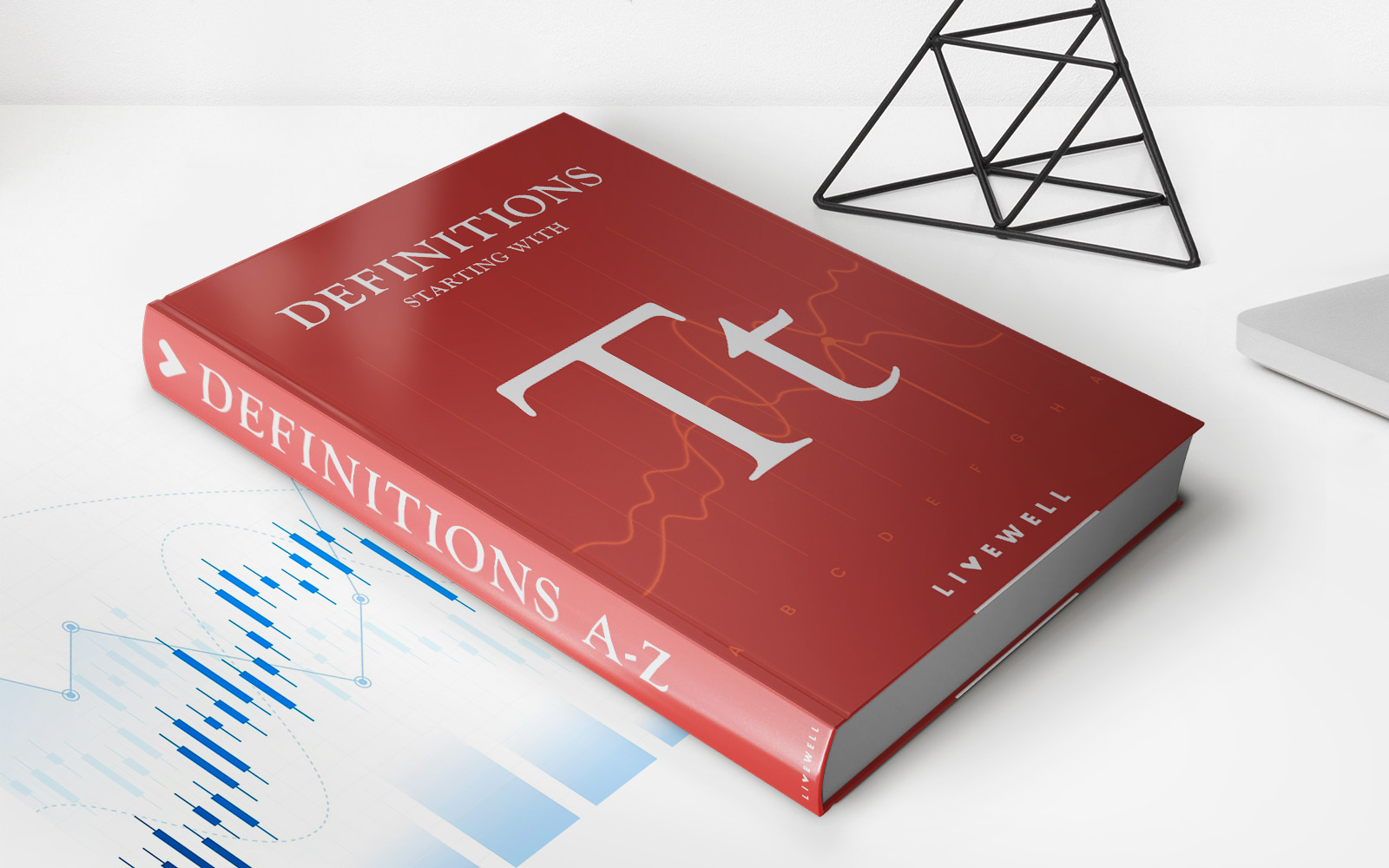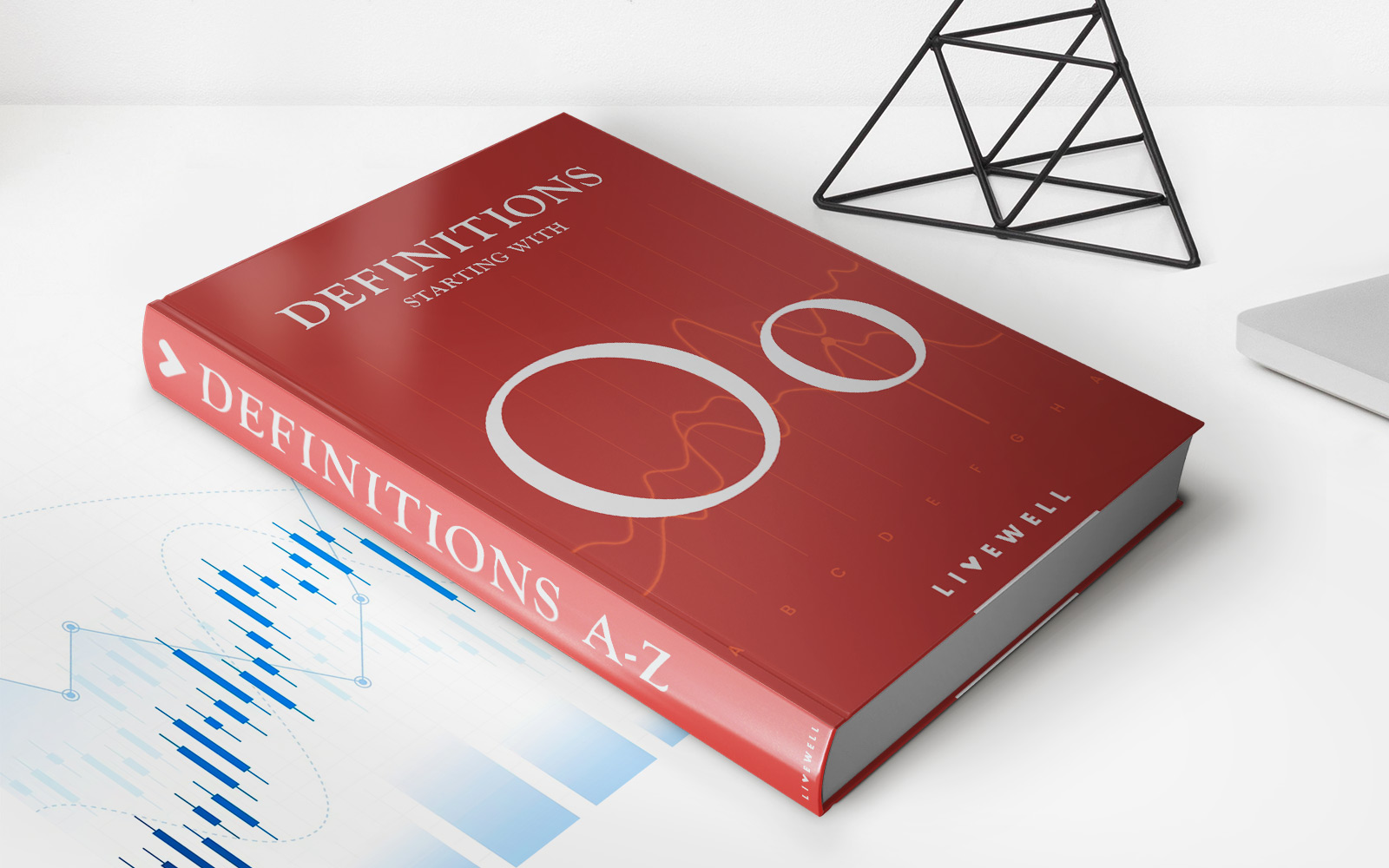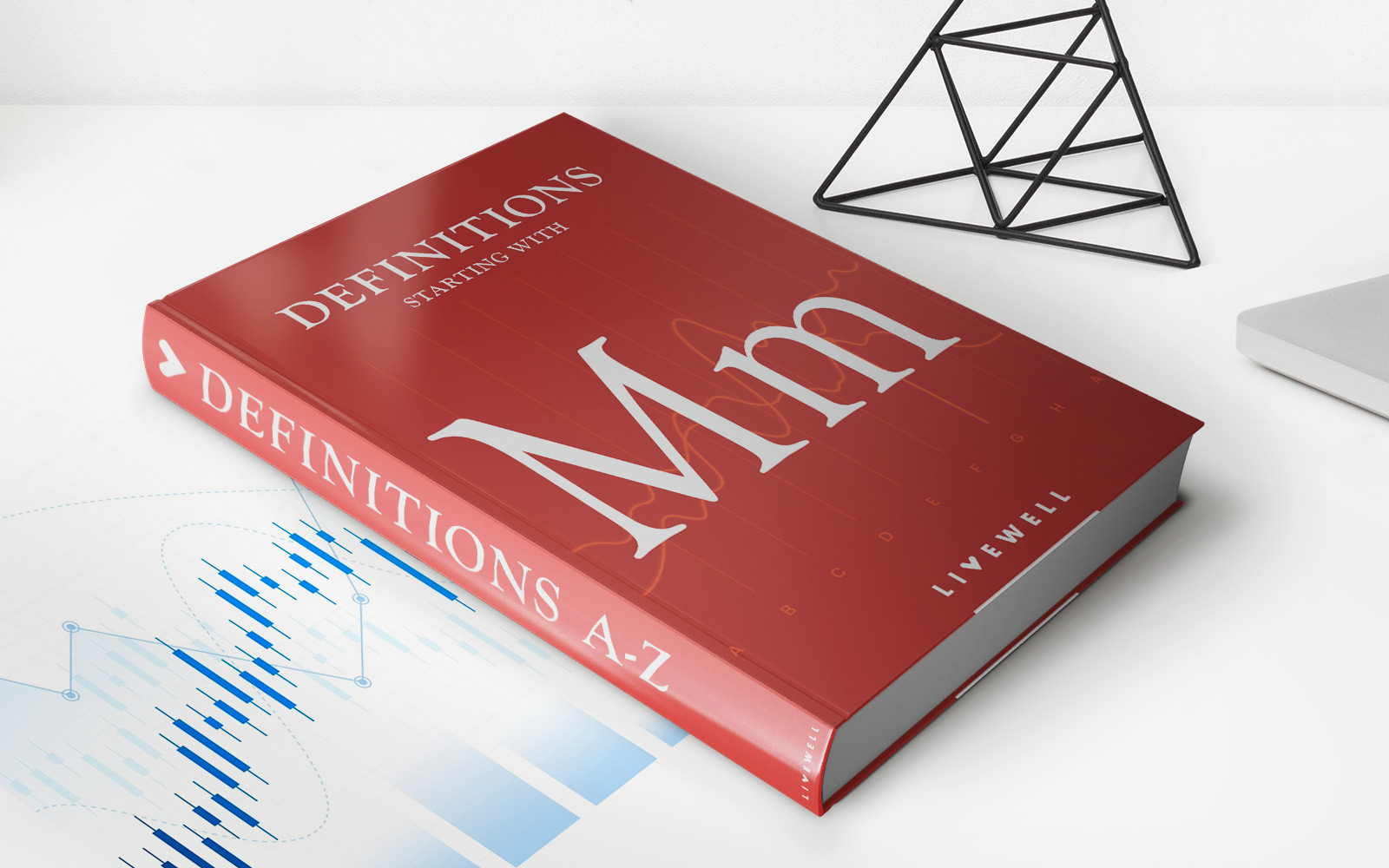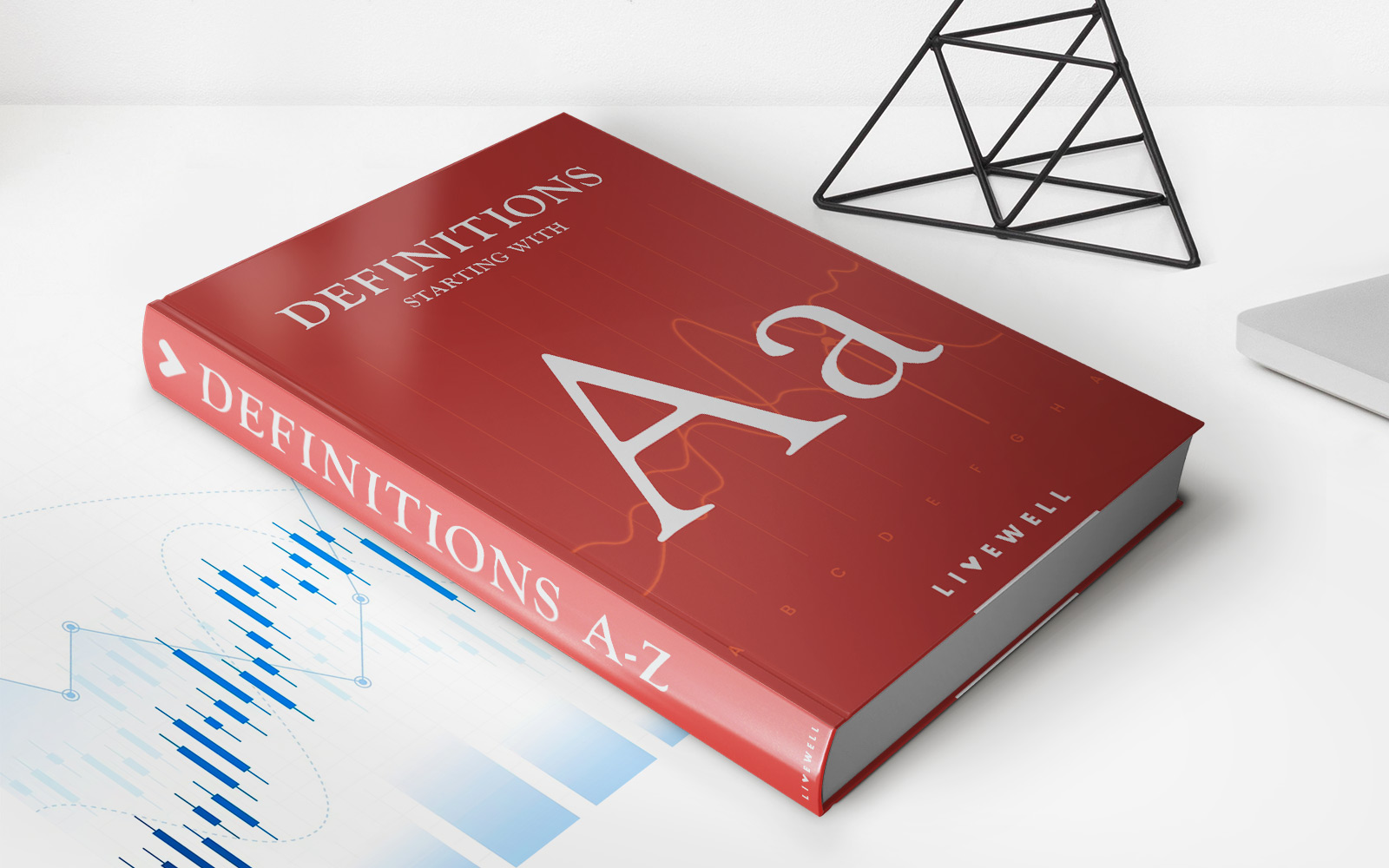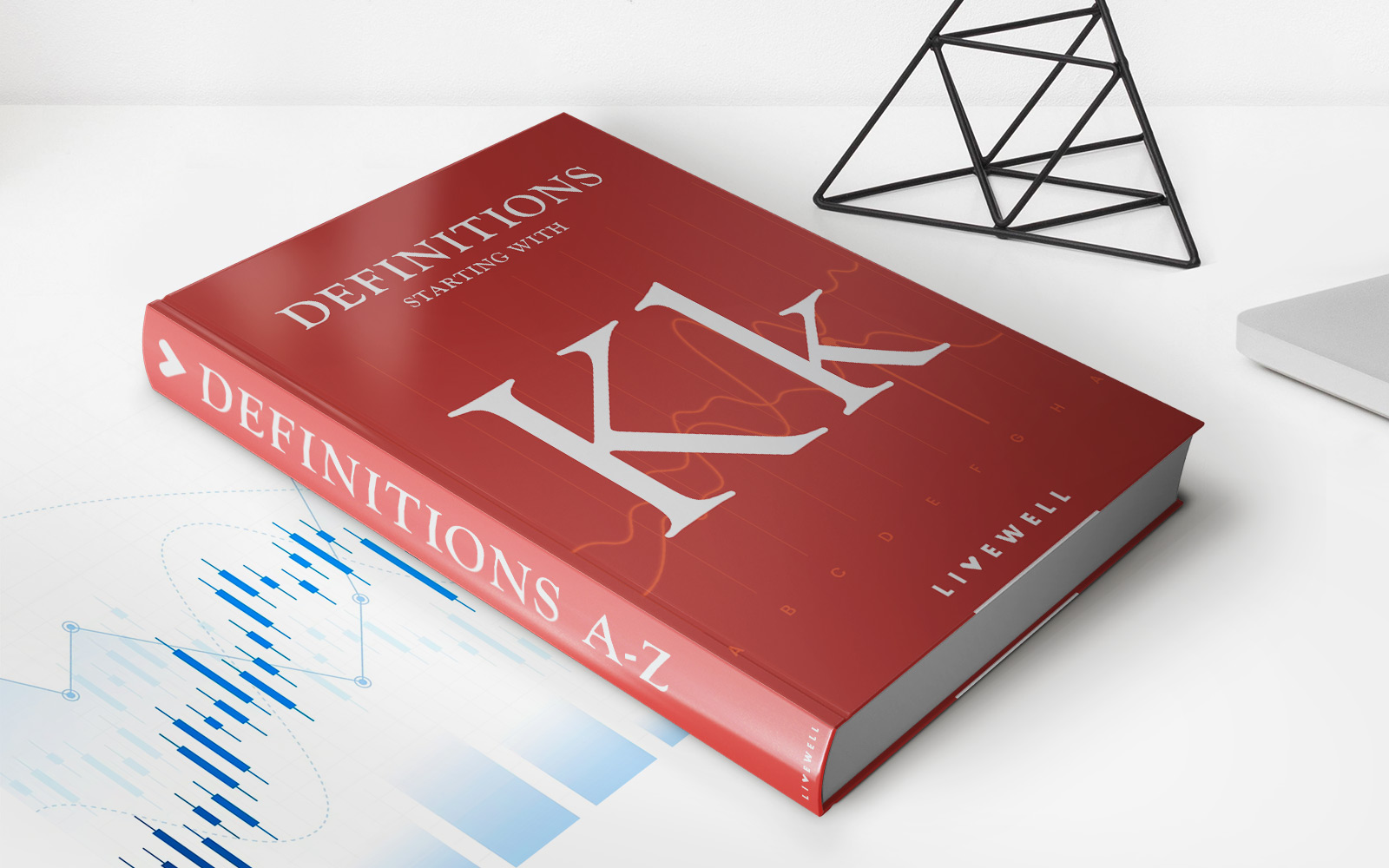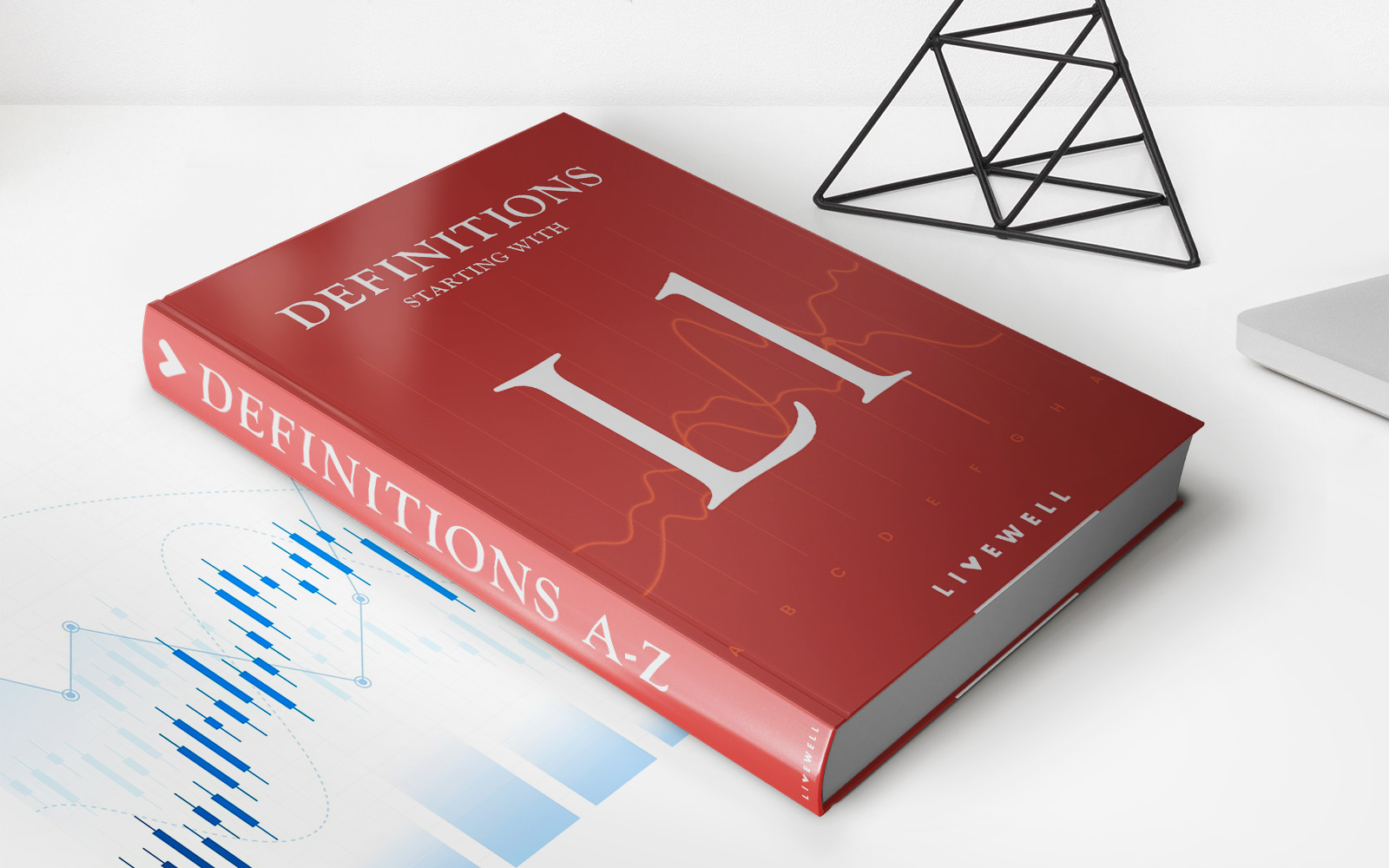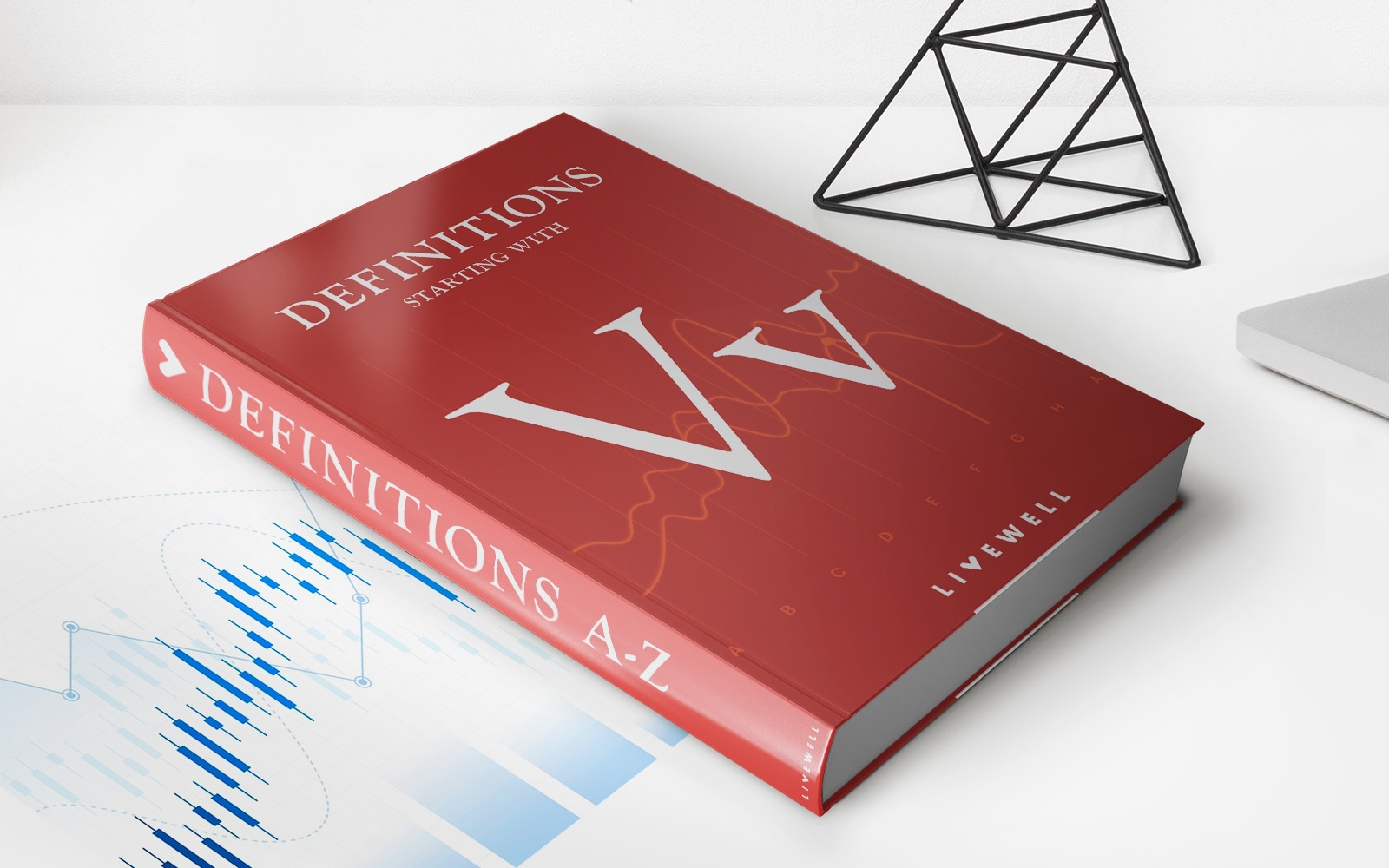Home>Finance>Embossed Card Definition, How It Works, History


Finance
Embossed Card Definition, How It Works, History
Published: November 17, 2023
Learn about the definition, working mechanism, and historical significance of embossed cards in finance, and how this technology has evolved over time.
(Many of the links in this article redirect to a specific reviewed product. Your purchase of these products through affiliate links helps to generate commission for LiveWell, at no extra cost. Learn more)
Embossed Card Definition: What You Need to Know
When it comes to personal finance, there are countless tools and methods available to help manage your money. One such tool that has been a staple for decades is the embossed card. In this article, we will explore the definition, how it works, and the fascinating history behind it.
Key Takeaways:
- An embossed card is a type of payment card that features raised numbers and letters on its surface for added security and identification.
- Embossed cards use a simple yet effective method to transfer information during transactions, providing a tactile and visual approach.
How Does an Embossed Card Work?
An embossed card, such as a credit card or a debit card, is made from a thick piece of plastic. The key feature of these cards is the raised numbers and letters that can be felt when running your fingers over the surface.
But how does it work? When you swipe or insert your embossed card into a payment terminal, the raised numbers and letters come into play. The terminal, equipped with an embossing mechanism, presses against the card, creating an imprint of the card details onto the receipt. This imprint is then used as a reference for the transaction, ensuring accuracy and security.
The embossed characters serve multiple purposes:
- Identification: The raised numbers and letters enable easy identification of the card, especially for individuals with impaired vision. It allows them to confirm the card’s details without solely relying on visual cues.
- Security: The tactile nature of embossed cards adds an extra layer of security. It prevents counterfeiters from easily replicating the card’s information, as they need specialized equipment to recreate the raised characters accurately.
- Legacy: The embossed card has become an iconic representation of financial transactions. Over the years, it has become deeply ingrained in our collective memory and is still used by millions of people worldwide.
The History of Embossed Cards
The concept of embossing can be traced back to the 19th century. The first known use of embossed cards can be found in the early days of the railway industry. Railroad companies issued embossed cards to their trusted employees and frequent travelers as a way to verify their identities and grant access to specific areas.
It wasn’t until the mid-20th century that embossed cards started gaining popularity in the financial industry. Banks and other financial institutions adopted the technology to improve the functionality and security of payment cards. The raised characters not only served as a proof of authenticity but also made manual transactions easier by using mechanical devices to generate imprints.
With the rise of electronic payment systems, embossed cards have gradually become less common. However, they still hold a nostalgic charm and continue to be used by many consumers today.
Conclusion
Embossed cards have played a significant role in the history of personal finance. From their innovative use in the railway industry to their widespread adoption in the financial sector, these cards have had a lasting impact on how we conduct transactions.
While the popularity of embossed cards may have waned with the advent of digital payment methods, their legacy remains intact. The raised numbers and letters not only provide added security but also evoke a sense of familiarity and tradition.
In summary, embossed cards are a testament to the evolution of payment systems. While they may be less prevalent than in the past, their impact and significance in the world of finance should not be overlooked.
